In 1999, the names Tiger Hill, Kargil, and Drass became etched into every Indian’s memory as the nation united during the Kargil War. These places were no longer distant, unknown terrains but symbols of resilience and sacrifice. Growing up amidst these stories of valor, I felt an inexplicable connection to the region. A decade later, in 2009, during a phase of introspection and soul-searching, I found myself venturing into the heart of Jammu and Kashmir for 18+ unforgettable days. Accompanied by four colleagues, we embarked on a journey that was as much about discovering the land as it was about finding ourselves.
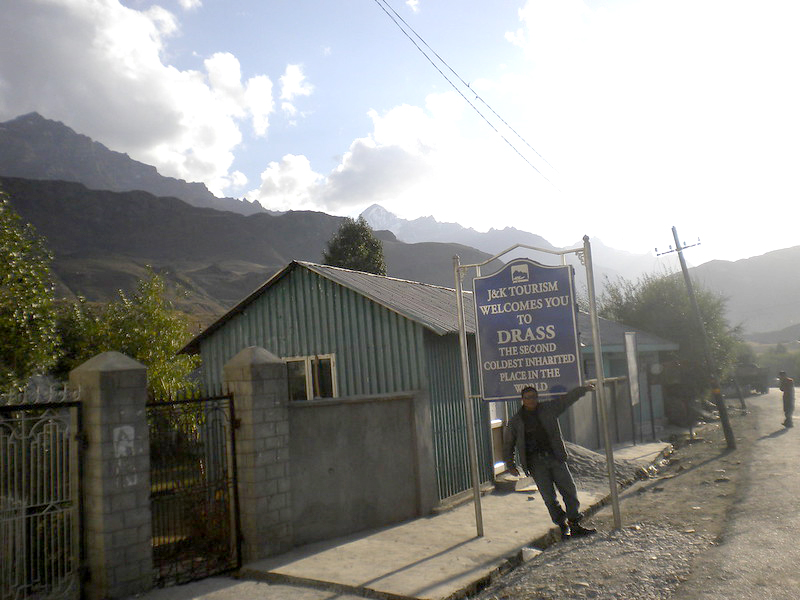
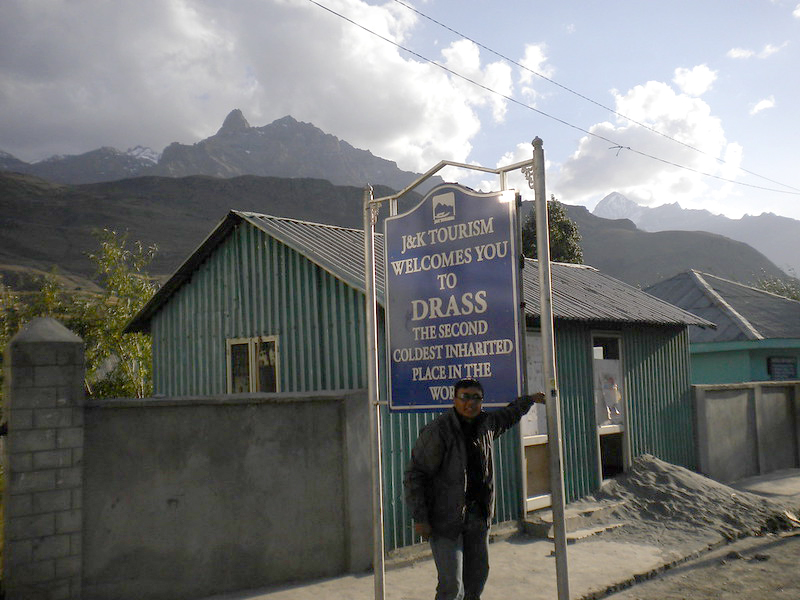
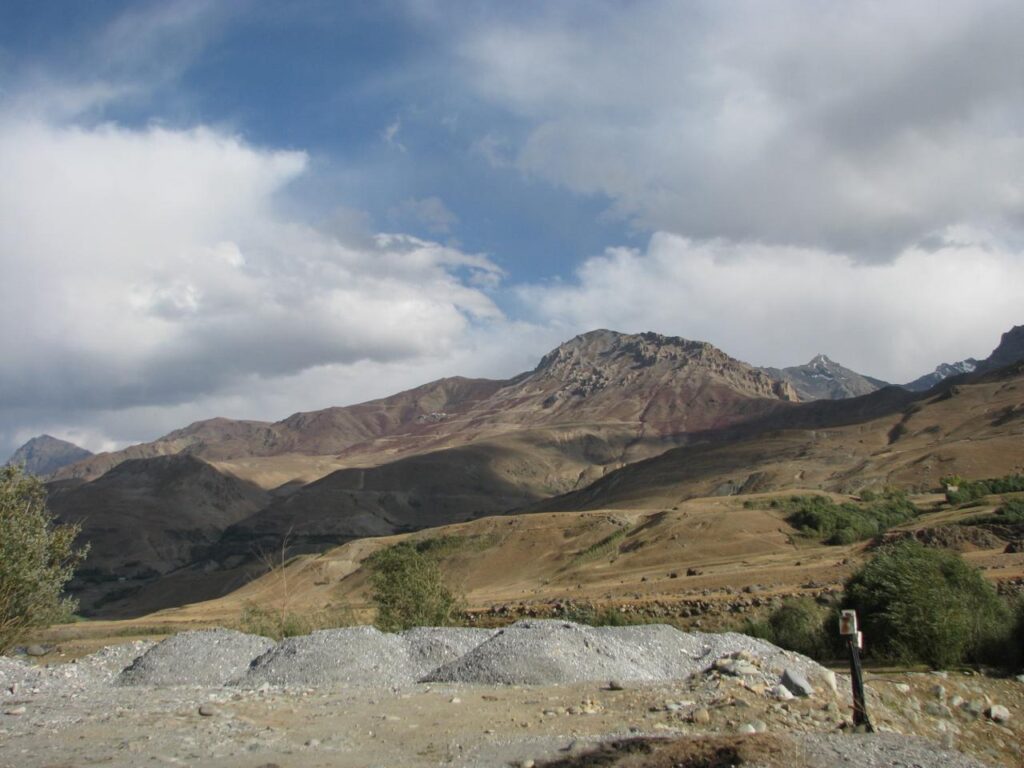
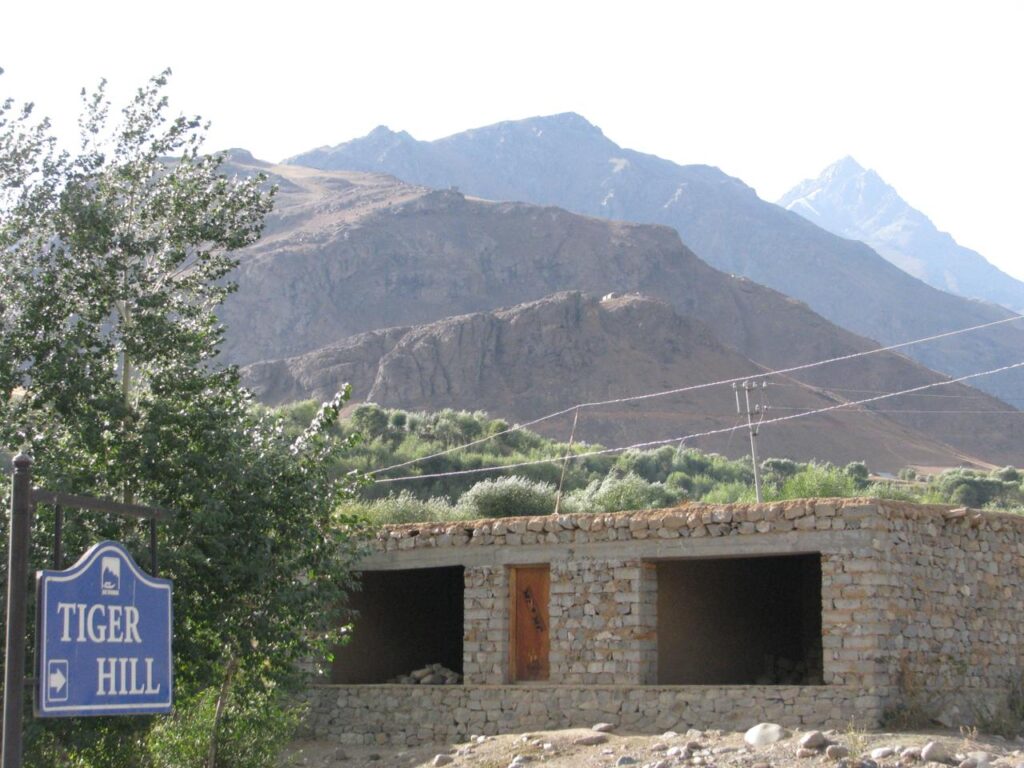
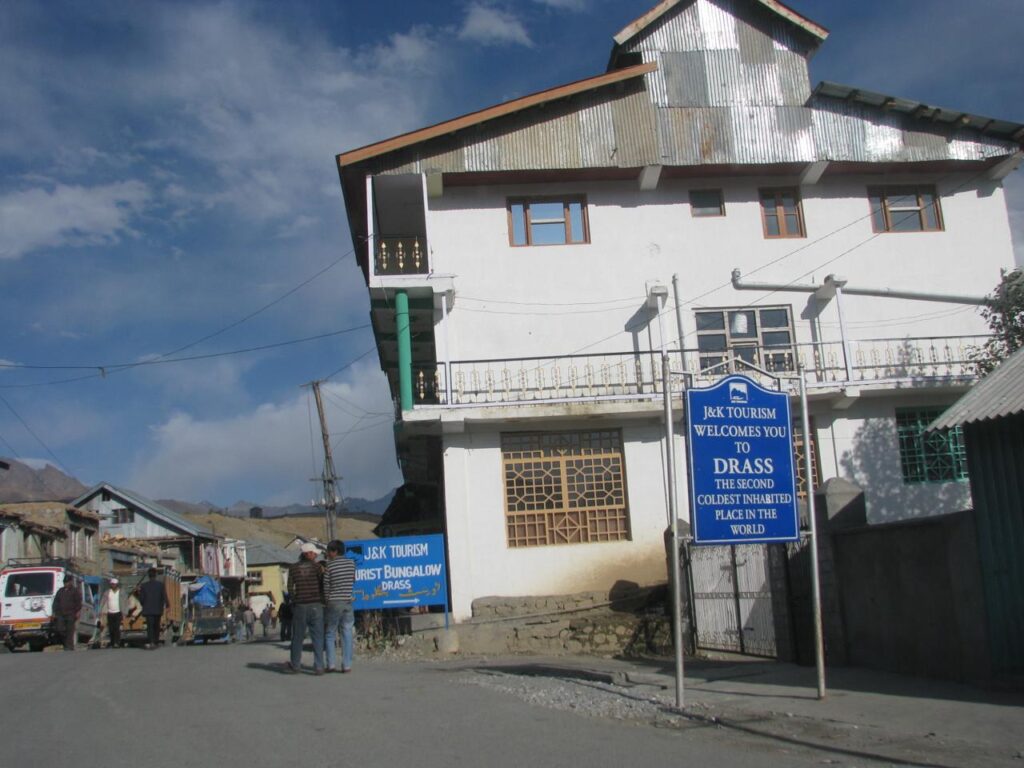
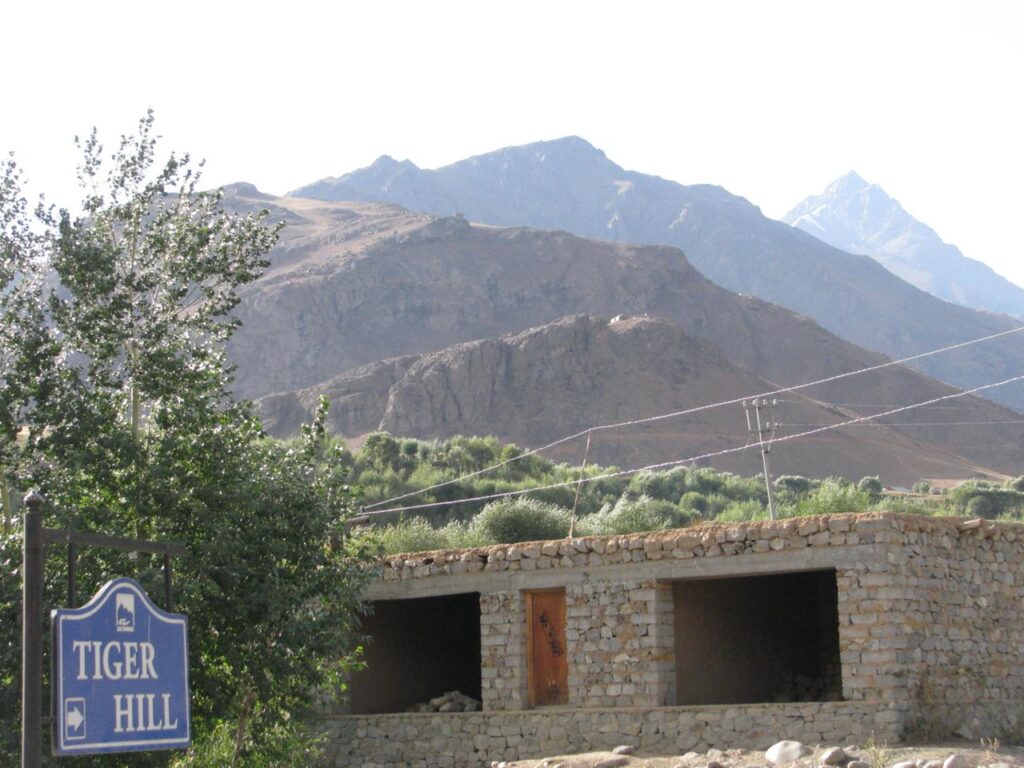
Our route brought us to Drass, a place steeped in history and extreme natural beauty. Known as the Gateway to Ladakh, this tiny town holds the distinction of being the second coldest inhabited place on Earth, with a record-breaking low of -60°C in 1995. Standing there, with the majestic Tiger Hill looming in the distance, I couldn’t help but feel a deep sense of reverence for the brave souls who once defended this land. The biting cold seemed to whisper tales of struggle and triumph as I soaked in the surreal surroundings, marveling at the resilience of those who call this place home.
Drass isn’t just a place; it’s a living testament to India’s enduring spirit. Walking through its snow-dusted streets, I was reminded of the scars it bore from the Kargil War. Yet, the warmth of its people defied the harshness of its climate. They welcomed us with smiles and stories, recounting moments of bravery and perseverance that seemed to echo in the icy winds. That visit to Drass wasn’t just a journey into the mountains; it was a journey into history, a reminder of the sacrifices that safeguard our freedom, and an experience I will carry with me forever.
#Year2009 #Drass #Kargil #JammuKashmir #RoadTrip


Leave a Reply